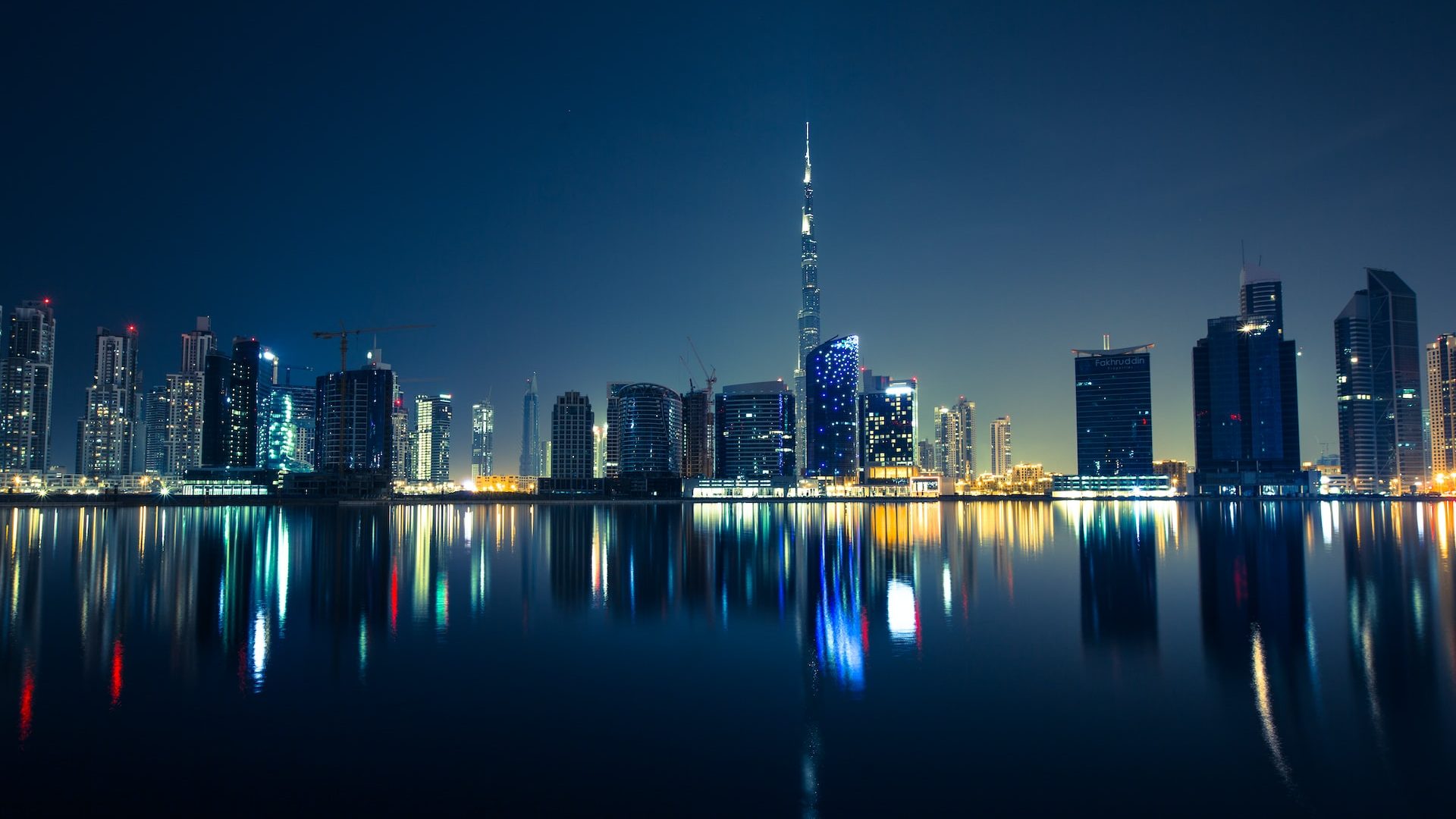Tech could someday let people even in dry climates
get clean water straight from the atmosphere›››
Civil planning in the age of pandemics
Researchers imagine how redesigning the suburbscan protect residents when the next big one hits 13 Mar 2023




